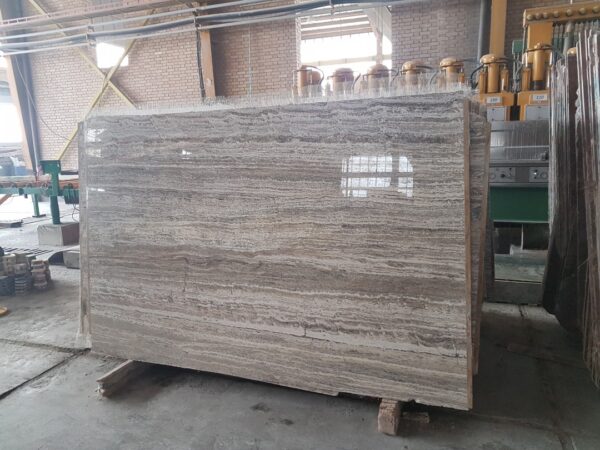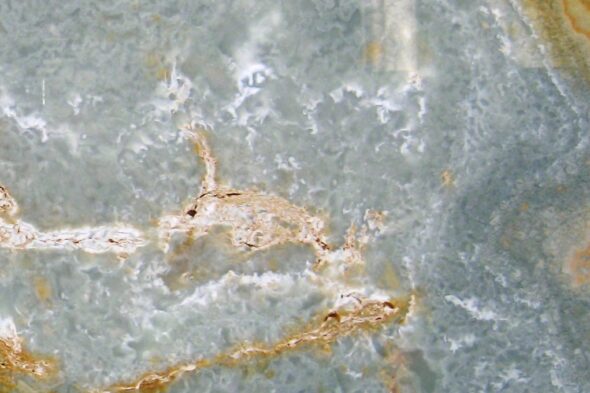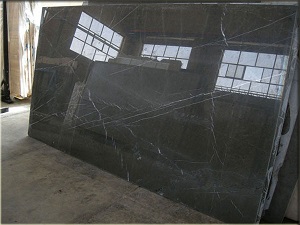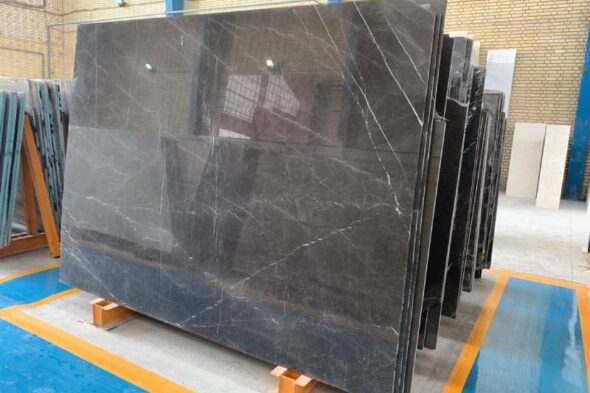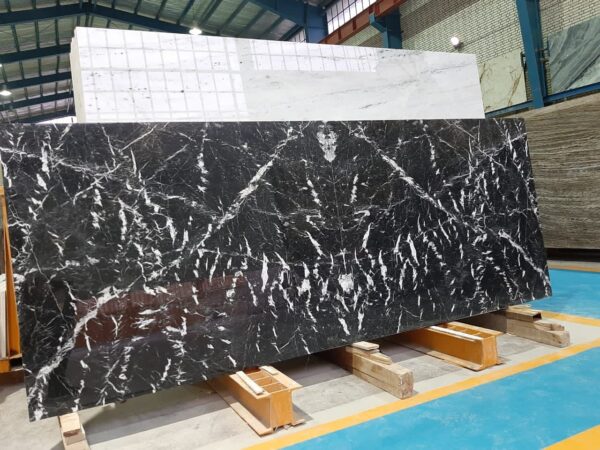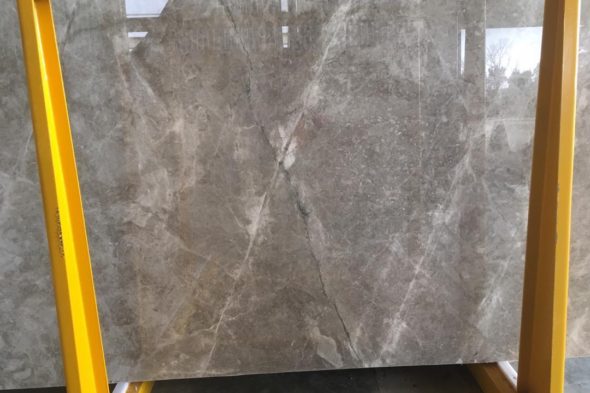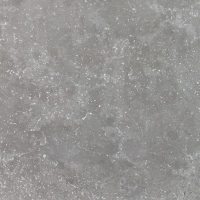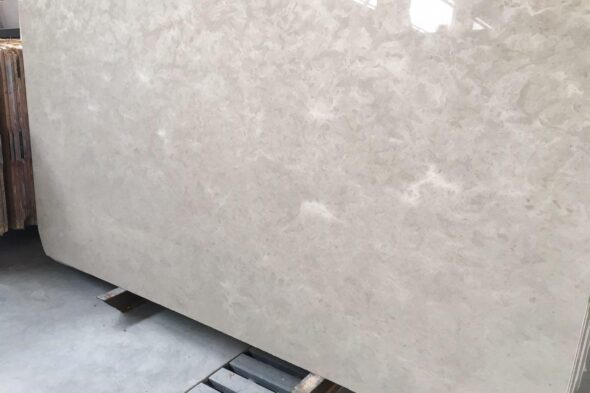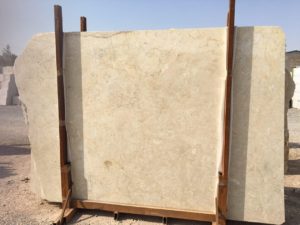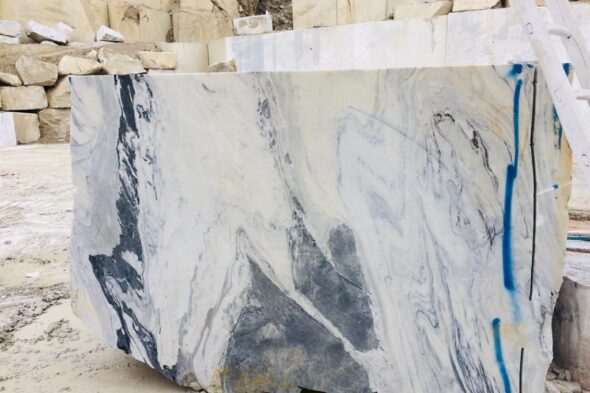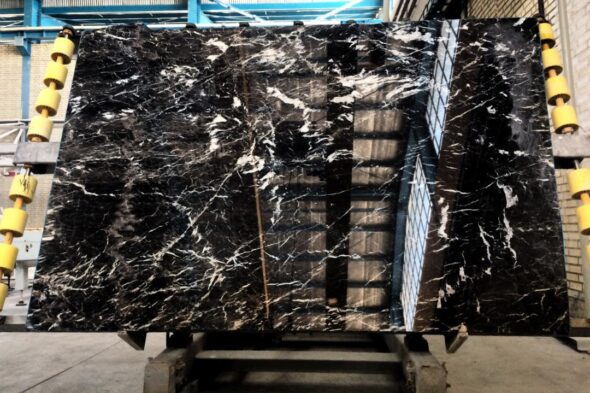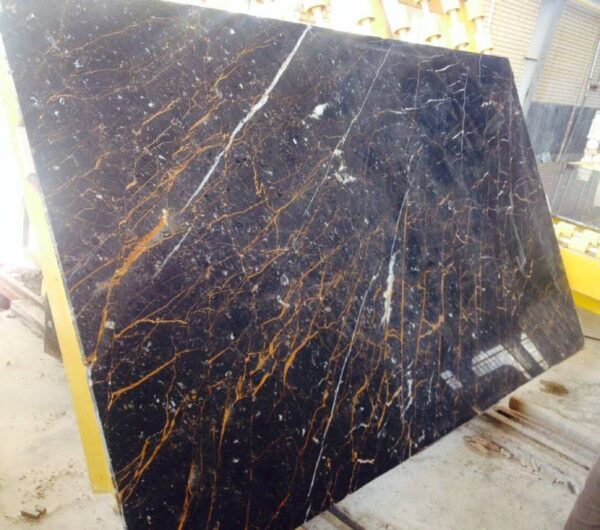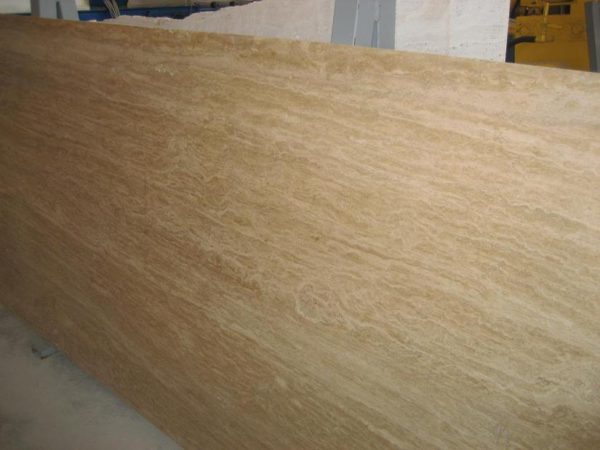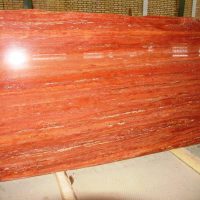A Growing Industry
In recent years, the demand for high-quality stones in Argentina has surged, driven by both domestic and international markets. From decorative stones used in construction to precious gems and minerals, Argentina offers a variety of stones prized for their aesthetic and industrial value. This article explores the most popular stones in Argentina and why they are so highly demanded.
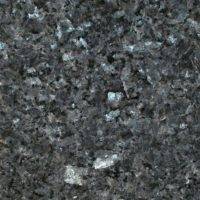

The Importance of Stone Mining in Argentina
Argentina’s stone mining industry plays a key role in the country’s economy. The country is one of South America’s largest producers of valuable stones used in architecture, landscaping, and jewelry. The industry continues to grow, with international buyers seeking Argentine stones for high-end projects. The export of granite, marble, and quartz plays a significant role in Argentina’s economy.
1. Granite: A Versatile Favorite in Argentina
Granite ranks as one of the most popular stones in Argentina. Builders and designers favor granite for its durability and stunning appearance. People commonly use it for countertops, flooring, and cladding. Argentina’s granite is known for its fine quality and wide color range, including blacks, blues, and reds. Builders choose it for both residential and commercial projects.
As international demand for Argentine granite increases, countries like the United States and those in Europe use it in high-end buildings. Argentina competes well in the global market because it offers granite in different textures and finishes.
2. Marble: The Classic Stone of Elegance
Marble holds a high demand in Argentina, especially in the luxury market. Builders use it for its elegance and timeless beauty. People use marble in flooring, sculptures, and decorative details. The marble from Mendoza and Cordoba stands out for its unique veining and color variations. It ranges from soft whites and creams to striking blacks, making it perfect for luxury projects.
In Argentina, marble remains a symbol of luxury and plays an essential role in the country’s architectural history. The demand for Argentine marble, both locally and internationally, continues to rise, making it a top export product.
3. Quartz: A Modern Choice for Sustainable Design
Quartz has gained popularity as sustainability becomes a bigger focus in design and construction. Designers and builders increasingly choose engineered quartz for countertops, backsplashes, and other interior elements. Quartz offers durability, low maintenance, and a wide variety of design options.
In Argentina, both the domestic and international markets have driven quartz demand. With a growing focus on eco-friendly building materials, quartz is likely to stay popular as a sustainable, stylish alternative to traditional stones.




